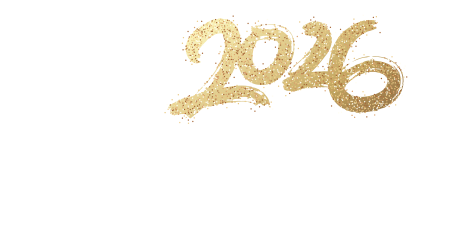Parks And Play Areas
Victoria Park
The 17 acres of Victoria Park was purchased by Ashford Urban District Council from Mr George Elwick Jemmett and Mr William Francis Bond Jemmett for the sum of £2,760.00 in 1898, and there are a number of roads in the surrounding area named after the brothers.
The Hubert Fountain
The Hubert Fountain in Victoria Park was made in France for the Second Great International Exhibition in the Horticultural Society Gardens, Kensington, London in July 1862. After the exhibition, the fountain was purchased by John Sawbridge-Erle-Drax for the sum of £3,000 to adorn the front gardens of Olantigh House, Wye, until the house was destroyed by a devastating fire in 1903.
In 1910, the former chairman of the Urban District Council and local antiques dealer, Mr George Harper bought the fountain and gifted it to Victoria Park on the condition that it be turned on and celebrated every year on his birthday, the 23 July (1841). On 24 July 1912, the fountain was formally presented to the town.
On 14 August 1912, while taking his normal stroll in Ashford Warren, George Harper tragically died, and was buried in the Cemetery in Canterbury Road, Ashford on 17 August 1912.
For many years the fountain stood idle, as the pumps and mechanism had fallen into disrepair. In 1977 the fountain was restored with the help and financial assistance from local businessmen to celebrate the Queen's Silver Jubilee. In 1998 the fountain was completely restored at a cost of £490,000, with much of the money coming from the Heritage Lottery Fund. The fountain was refurbished again in 2007. It was shot blasted to remove the old paint, repairs were carried out to the structure and it was repainted with long-lasting specialist paint.
Memorial Gardens
The Memorial Gardens came to the borough in two parts; both parts were given to the town by a number of local residents, many of whom later had roads named after them, and some who still have links to local businesses. In 1924 the area of the Memorial Gardens where the actual memorial is, was given to the town, and it was to commemorate soldiers from the town who had fallen in the First World War.
Each year prior to Remembrance Day, the memorial is cleaned and staff from the council meet with representatives from The British Legion to ensure there are no concerns about the area prior to the Service of Remembrance. In 2005 the memorial was totally refurbished, with all stonework being replaced or refixed and totally cleaned at a cost of £10,000.
In 1926 the remainder of the Memorial Gardens was given to the town by the same group of philanthropists. The Memorial Gardens are an important part of the town's open spaces, as they provide a quiet area in the centre of the town where people can get away from the hustle and bustle for a while. The deeds to the Memorial Gardens state that there should be no large gatherings or meetings in the gardens.
The gardens should always be protected, as the deeds also state that there should be no buildings erected on the site. In 2005, the original avenue of sixteen horse chestnut trees was replaced with a new avenue of semi mature pin oaks. The new trees will mature over the 100 years for the benefit of future generations.
Vicarage Field
On the corner of Vicarage Lane and Station Road is a small park called Vicarage Field. This was the Town Centre Burial Ground. It was closed in 1857, when the new cemetery in Canterbury Road opened. All the headstones from the burial ground were later moved to a small area in the corner of the burial ground to allow the area to be used for relaxation.
The Queen Mother's Park
The Queen Mother's Park is an area that has been set aside for informal relaxation with a pleasant riverside walk. There are areas that have been set aside for native wild flowers and natural habitat. It is an important part of the Green Corridor with a mixture of meadow grass and shrubbery.
On the edge of the Queen Mother's Park, adjacent to Hythe Road is a small area called Martyrs Field. On Whit Sunday in 1511, John Brown, a heretic denounced Archbishop Wareham. He and 45 others were burnt at the stake in Martyr's Field. On 16 January 1556 a number of Kentish people were burnt at the stake in Ashford. On 6 January 1557 Nicholas Final and Mathew Bradbridge of Tenterden were burnt together at the stake in Martyr's Field. In remembrance of these people there is a bed of roses and 'The Martyr's Seat. The seat was erected in 1974 and was funded by Mrs Lucy Fagg, the seat was refurbished in 2005 by the council.







